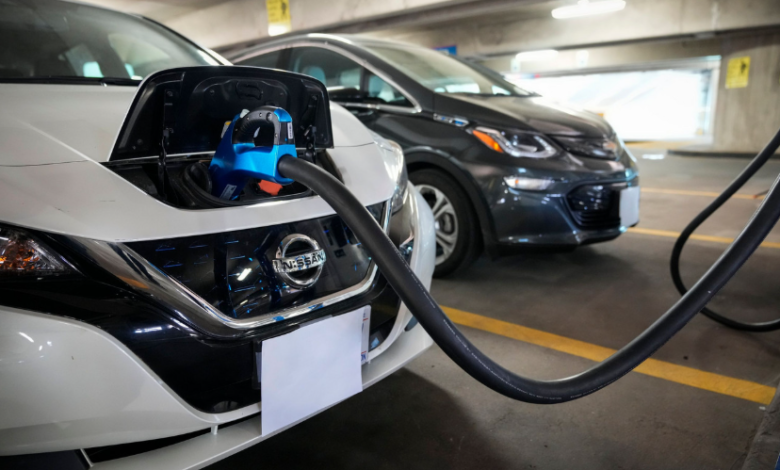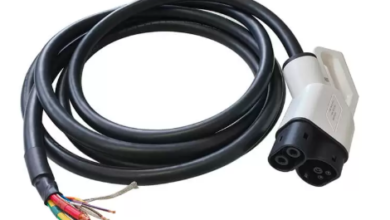What Electrical Glitches May Mean for Your SUV’s Long-Term Health

Recognizing the Signs of Electrical Issues
Modern SUVs, packed with advanced technology, rely heavily on complex electrical systems. While these features enhance comfort and safety, any malfunction in the electrical system can have far-reaching consequences for your SUV’s reliability. Among the most pronounced warning signs are dimming headlights, unpredictable electronics, and warning lights that won’t disappear. Even owners of reliable models may face unexpected glitches—detailed documentation of Honda Pilot problems shows how varied and disruptive such issues can be for drivers.
Other signals of underlying electrical malfunction include sluggish power windows, intermittent or unresponsive power door locks, and a cranky ignition. These often start as minor annoyances, but steadily ignoring them allows smaller problems to snowball into significant system failures or safety hazards.
It’s worth noting that many electrical issues are progressive. For example, a faint burning smell from the dashboard or fuse box is not only unpleasant—it may precede a dangerous open circuit or wire overheating. Early attention to these anomalies is crucial to protecting your vehicle’s longevity and performance.
Addressing the first signs of trouble, even if they seem insignificant, can protect you from being stranded or facing expensive repairs. In today’s tech-heavy automotive landscape, preventive action and routine vigilance are essential parts of vehicle ownership.
Common Causes Behind Electrical Glitches
Understanding the most common sources of electrical problems can help SUV owners anticipate issues and adopt a due diligence approach to maintenance. Among the biggest contributors are:
- Aging and Wear: Electrical systems degrade over time. Exposure to heat, vibration, and use can corrode wires and wear down sensors, fuses, and connections.
- Environmental Factors: Extremes of heat, cold, and moisture, as well as continual contact with road salt, all increase the risk of corrosion and short circuits. This is particularly relevant in regions with severe winters or high humidity.
- Faulty Fuses and Relays: When fuses or relays fail, they may interrupt crucial circuits. While these are designed as safety features, their malfunction can cause multiple systems to stop working simultaneously.
- Software Glitches: SUVs become more reliant on digital control systems with each model year. Bugs, outdated firmware, or failed programming updates can cause everything from communication errors between vehicle modules to erratic performance in automated driver aids.
Budget-conscious SUV owners sometimes risk compounding problems by attempting to self-install aftermarket accessories without regard for circuit capacity. This is a common cause of overloaded electrical systems, particularly as drivers add technology like dashcams or entertainment systems.
See also: Discover the Future of Pond Filtration with Swimming Pond Hoover Technology
Impact on Vehicle Performance and Safety
Electrical issues threaten far more than driver convenience. An undiagnosed glitch may directly compromise critical vehicle systems. For example:
- Engine Performance: A problematic sensor may disrupt engine timing, resulting in rough idling, loss of power, or diminished fuel economy.
- Safety Systems: Essential safety components such as ABS, airbags, and electronic stability control may become unpredictable or nonfunctional, putting occupants at risk in emergencies.
- Comfort Features: Problems in climate control units, keyless entry, or infotainment may lessen vehicle enjoyment and signal further underlying problems.
Even seemingly minor faults, like flickering dashboard lights, are sometimes early signals of major failures. Staying alert to changes in performance is crucial for overall vehicle safety and comfort.
Preventive Maintenance Tips
A proactive maintenance strategy is vital to keep electrical problems at bay. Here are some targeted tips:
- Regular Battery Maintenance: Clean and inspect battery terminals often and replace batteries before their performance dips.
- Scheduled Inspections: Inspect wiring, connectors, and fuse boxes during routine service appointments and ask for electrical diagnostics if anything seems amiss.
- Avoid Overloading Circuits: Install aftermarket electronics cautiously and preferably with professional advice to avoid drawing more power than intended from your SUV’s circuits.
- Professional Maintenance: Some electrical issues, such as sporadic failures or multiplex circuit errors, require technician-grade diagnostic tools and experience.
When to Seek Professional Help
While cleaning terminals or replacing a blown fuse are within many owners’ capabilities, certain warning signs should prompt a trip to the service center:
- Persistent Warning Lights: Don’t ignore dashboard warnings that remain illuminated after a restart. These may indicate critical faults in engine management or emissions systems.
- Complete Electrical Failure: If several systems stop working at once—such as power windows, climate control, and entertainment—it may indicate a failed control module or main circuit problem that demands specialized diagnostics.
- Intermittent Electrical Failures: Issues that come and go are often the hardest to diagnose and may only be traceable with advanced scanning tools available at professional repair shops.
Enlisting specialists ensures proper identification and resolution, minimizing the risk of repeat faults and secondary damage.
Understanding Recalls Related to Electrical Systems
After selling vehicles, manufacturers sometimes uncover design flaws or factory defects affecting electrical systems. Staying updated about electrical recalls is foundational for every SUV owner. Checking your vehicle’s recall status is easy—visit the National Highway Traffic Safety Administration (NHTSA) website and use your VIN to search. Your dealership or manufacturer can provide details and will complete repairs free of charge if your model is affected.
Staying informed on industry news can also help. As highlighted in this recent New York Times analysis on electric vehicle reliability, automotive press releases further illustrate the importance of monitoring trends and recalls, especially as electric systems continue to evolve rapidly in SUVs and crossovers.
Conclusion
Electrical glitches in your SUV are more than mere annoyances—they can point to underlying issues with long-term implications for safety and reliability. Drivers can reduce risk and avoid expensive or dangerous failures by staying alert to early warning signs, understanding typical causes, and practicing regular preventive maintenance. Prioritize recall notices, seek professional help when faced with confusing or critical electrical problems, and reference expert resources to keep your SUV in top shape year after year.



